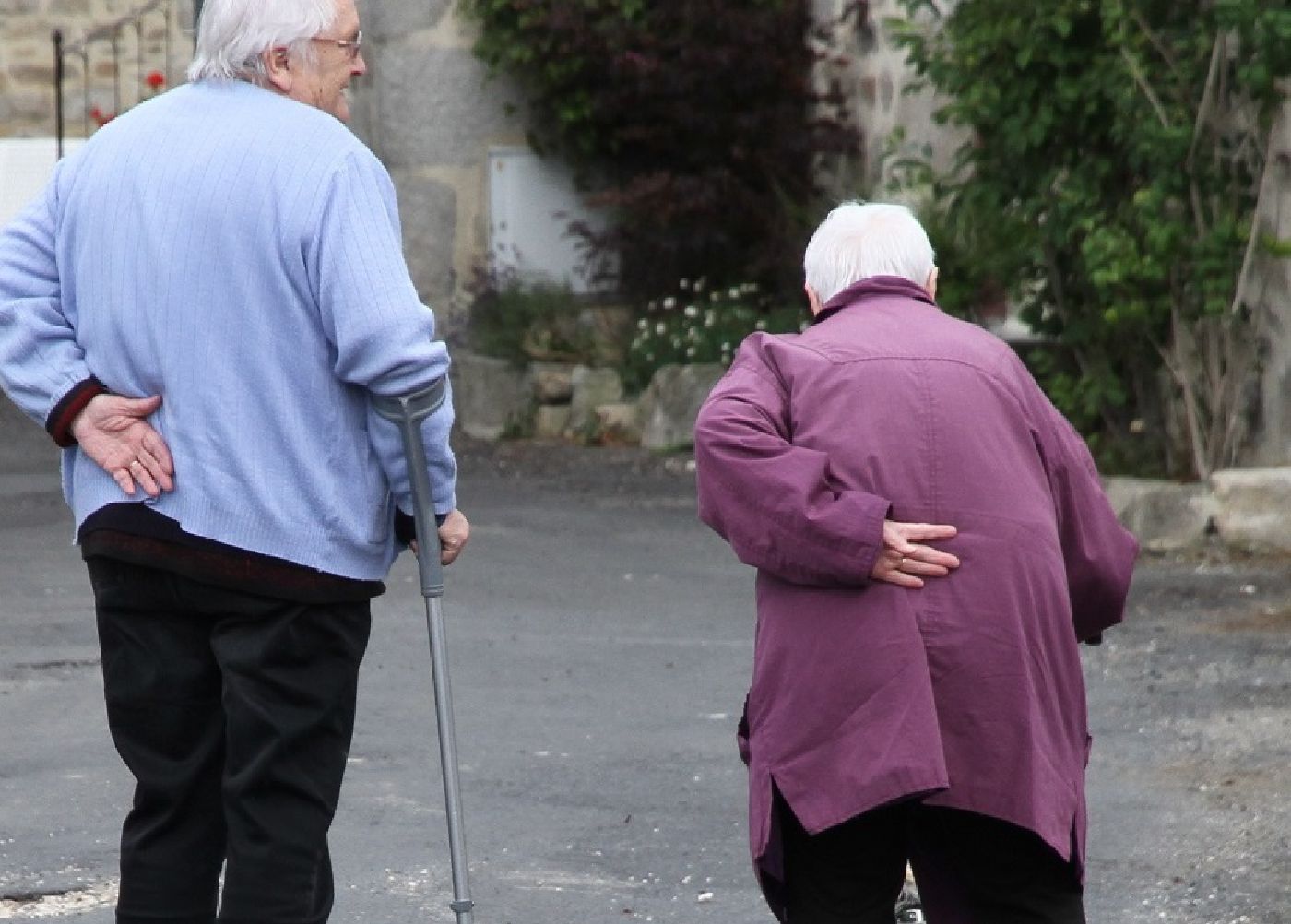
Recognizing Pain in Dementia
*Resident names and any identifying details have been changed for privacy.
May 29, 2020
A quick note on the controversial issue of pain medication….
Pain is frequently under-recognized and under treated in people with dementia.
While many pain medications can have side effects, and we don't want to accidentally over-medicate people with pain meds, the research indicates that we're far more likely to under-treat pain in people with dementia than over-treat it.
Pain is too often mistaken for something else. Too often treated with dangerous medications designed for psychosis, which not only have terrible side effects, but do nothing to relieve pain.
Of course we want to be cautious with any medication. Elders with dementia can be very sensitive to medications and their side effects, sometimes with devastating consequences.
One of the many legitimate concerns about pain medication is that they can increase a person's risk for falling. And while that is true, I have also seen the other side of that coin time and again.
I have known many residents who were so restless and exhausted from hurting that they would stumble about unsafely or pace until they collapsed. In cases like this, when they were finally able to experience pain relief they were finally able to rest. When rested, they functioned better, were more alert and their falls actually decreased.
There is no one-size-fits-all answer, and pain meds will only help if uncontrolled pain is the problem. There are many things beyond pain that can cause restlessness, agitation and similar behavior.
It is very important to know each individual and how they uniquely communicate their needs.
The goal of this article is only to offer insight into how to identify pain in dementia.
And now, back to our regularly scheduled programming…..
For a long time we didn't know what was behind Margaret's mood swings. She could be so sweet and appreciative some times, while other times she was... not.
She would become markedly more confused and disoriented. She would start asking about her mother and she would grow increasingly anxious when she couldn't find her.
From there, her crankiness would move into obstinate oppositionalism. She would vehemently disagree with anything we said, no matter what it was. She could say some pretty mean and hurtful things in the process.
I heard many times people comment that it was just the disease - which was true, in a way. It wasn't her. But the thing was, it wasn't JUST the disease.
We figured this out by happenstance after she had fallen and hurt her knee acutely. She had been prescribed medicine for the pain.
She would never say she hurt. Even when asked, she would answer 'no' in either a sweet, sincere voice or a crabby tense one.
We could see the non-verbal signs of pain: limping, grimacing, wincing on touch or with weight-bearing.
We were more able to recognize those signs because we knew she must be hurting with a knee that bruised and swollen.
We got permission to give her medication for "signs of pain", not only the usual "complaints of pain" or "request for pain medicine".
And you know what?
It made a HUGE difference.
She was sweet and happy again! She did NOT seem sleepy, dopey or high. She seemed more alert and functional than ever.
She still had the disease which caused the forgetfulness, confusion and other symptoms, but the crankiness, extreme disorientation and hurtful statements were gone. They were NOT "just her", or "just the disease".
They were her only way to communicate her pain to us.
I feel bad it took us as long as it did to identify it, but you can only do what you know. Back then we didn't know. Margaret helped us learn.
Around that time we also found the PAINAD, a very helpful tool for identifying pain in people with advanced dementia. And importantly, for communicating that pain to the doctor.
Unless your doctor has some kind of special experience or training, it is unlikely they will recognize on their own when behavior is pain related.
It even works for very late dementia and end of life situations where the person is nearly comatose. (I should say, it usually works… There are always exceptions, of course.)
The PAINAD looks at 5 areas and assigns 0 - 2 points to each, based on which outward signs are showing.
Facial Expression
Body Language
Breathing
Vocalizations
Consolable
Once you have completed the evaluation you will have a score of 0-10 out of a possible 10. The score correlates to a standard 10 point pain scale, so you can explain to the doctor, or whoever, that your loved one has, for example "scored 7/10 on the PAINAD pain scale". It may be helpful to provide a copy of the completed form for reference.
The PAINAD tool is pretty simple and straightforward to use.
We didn't have the PAINAD tool when we were first working with Margaret. Once we did, it helped us to identify her pain, communicate it appropriately to her doctor and enhance her quality of life.
What signs of pain have you noticed in people with dementia? How did you know it was pain? Share your story on ABC Dementia’s Facebook Page.
SHARE THIS PAGE!